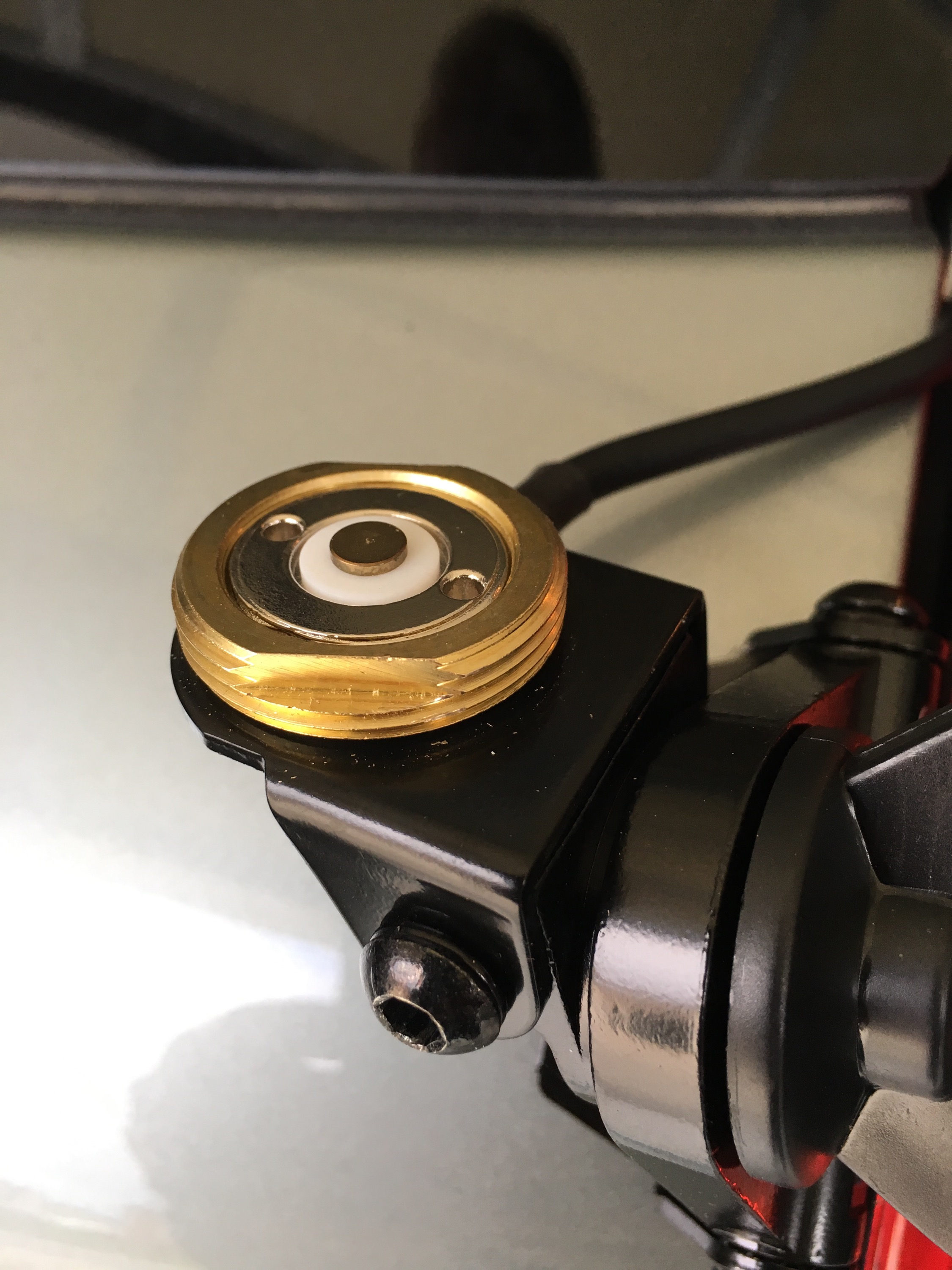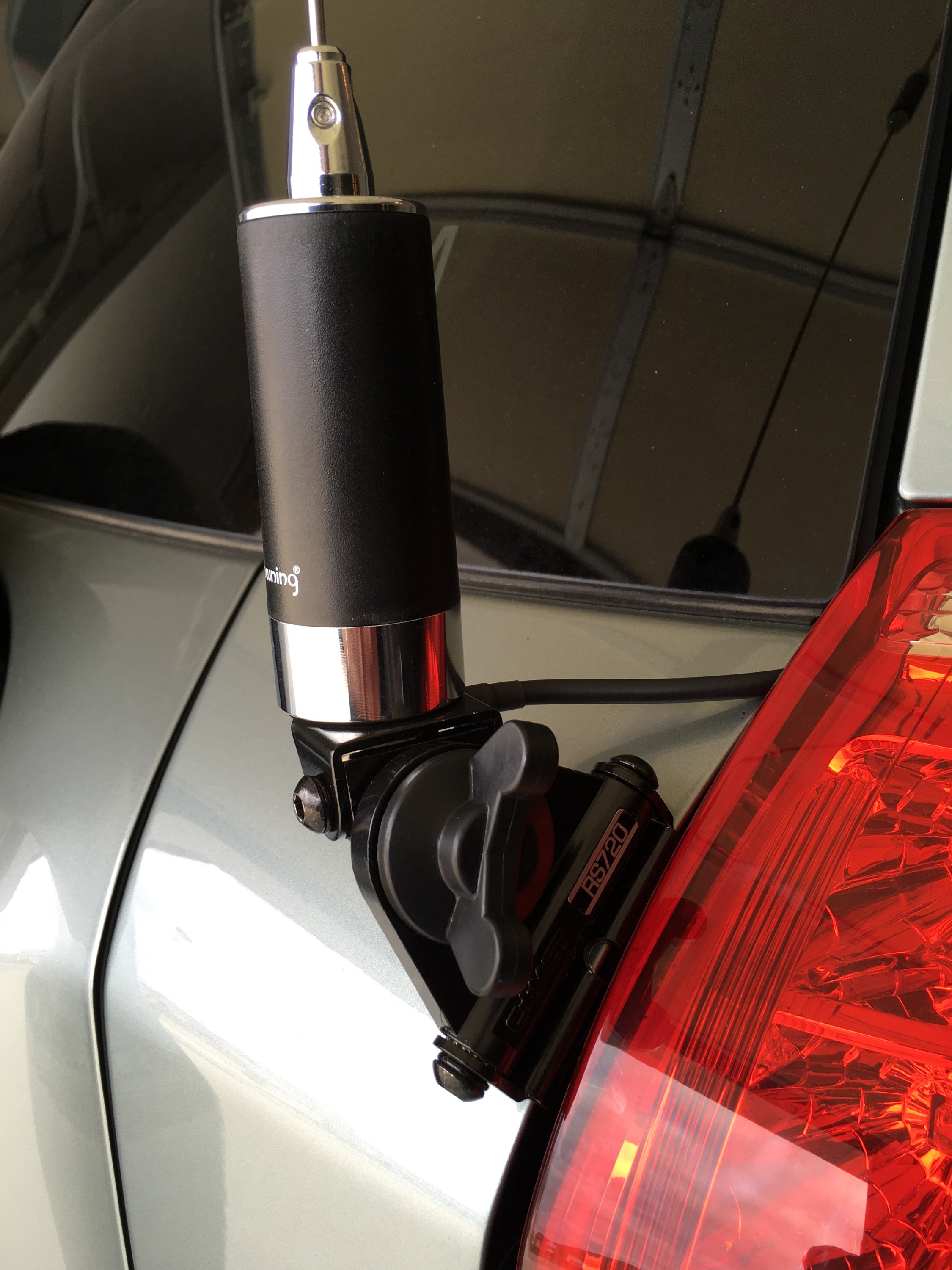I was first licensed as an amateur radio operator in 1983, but an interest in computer technology and a growing Internet presence largely fulfilled my “tech craving” and displaced any remnant of ham radio activity remaining in my life by the early 1990s.
However, over the past few months, ham radio has begun to grow on me again, predominantly as a means to communicate during emergency situations when traditional means are no longer available.
In my first step back into the ham radio world after a couple of decades of inactivity, I bought a dual-band handheld radio along with a few accessories to expand my coverage into local repeaters while operating portable (radio in hand) and mobile (in the car). I’ll describe my choices below.
Radio
There are several well-made, versatile and inexpensive handheld radios available on the market. The one that piqued my interest was the Baofeng UV-5R, a popular Chinese-made imported transceiver This is a 5-watt maximum transmit power dual-band radio offering extended coverage above and below the traditional 2m and 70cm frequencies. At a price of around US$30, this was a hard choice to beat. There is a bit of a programming learning curve involved, but with the free CHIRP software and a USB programming cable, all is well in the world. This isn’t a perfect radio but it mostly meets my needs at a very fair price.
Portable antenna
The “stubby” antenna that ships with the UV-5R is a compromise between convenience and performance. I quickly replaced it with a 15.6-inch dual band Nagoya NA-771 whip antenna and have found it to be considerably better, particularly as I roam throughout our house where coverage to the local repeater is inconsistent.
I plan to build a j-pole in the near future to allow enhanced coverage on the 2m band when operating under field conditions, particularly in support of our local Amateur Radio Emergency Service (ARES) activities.
Mobile configuration
For mobile use, I needed an antenna configuration mounted outside of the car that would provide reasonable coverage. However, there were a couple of concerns that imposed limitations on available options. First of all, resale value of a vehicle is important to me, and drilling a hole in a roof to permanently mount an antenna on my car isn’t very supportive of that goal. Secondly, we park the RAV4 in a garage, thereby limiting the height and placement of a tall antenna without having to remove and reinstall it when leaving and returning home.
My antenna choice was a 37-inch tall Browning BR-180 Dual Band Mobile Antenna. It is rated for a 100 watt load, allowing for future equipment upgrade if I choose to install a mobile rig. This antenna uses an NMO (Motorola-type) base. Placing the antenna on a magnetic roof mount would greatly exceed my garage clearance height, so I installed a Comet RS-720NMO lip mount, clamped vertically onto the hinge side of my rear door. This mount has an opening to feed a screw-on NMO connector. For simplicity’s sake, I purchased a pre-assembled 17′ RG-58 cable with a 3/4″ NMO connector on the antenna feed end and a male PL-259 connector on the radio end (see the Browning WSPBR1015 assembly). A 6″ DHT adapter cable allows me to bridge the PL-259 coax feed with the SMA antenna connector on the Baofeng radio.
I intend to measure the SWR in the near future to ensure this configuration doesn’t reflect too much power back to the radio and cause harm during transmission. Coverage to local repeaters (and some that aren’t so local) is surprisingly good.
Photos of my mobile setup are provided below.





